Accessibility on campus must be improved
Making campus navigable for everyone is nonnegotiable
The Reynolda Campus is inaccessible for those with disabilities or injuries, writes Isabella Romine.
October 21, 2022
Picture this: it’s the day after your intramural flag football game. Heads were busted, names were called, and, if you’re a member of Kappa Delta, one of your three teams just destroyed the opponents 42-0. Another thing that was destroyed in this hypothetical? Your knee.
Thankfully, Wake Forest Baptist Health can fix that ACL tear right up for you, and soon you’ll be on your merry way back on campus. Right?
Wrong. Because this is Wake Forest. When the Olympics expand to include stair-climbing, you’ll need to look no further than our campus to find the first future gold medalist.
According to my phone, I’ve climbed an average of ten flights of stairs per day since arriving at Wake Forest. For most of us, these stairs aren’t a problem — until they are.
Mobility issues don’t only affect people on campus with pre-existing, chronic disabilities. Whether the problem is temporary or permanent, if we live long enough, most of us will eventually have impaired movement. Bones get broken, ligaments get torn and, above all, people get old. Mobility is not indefinitely guaranteed.
As I write this article, the Bostwick elevator has been broken for several days. Yes, if someone lives on the first floor — as residents with mobility issues typically do — that doesn’t impede their ability to get into their own dorm. By this logic, things should be fine.
That is, until a resident has to go down to the basement to do laundry, cook, get ice or any number of other tasks that require moving between floors.
Bostwick and Johnson were renovated this year, but prior to that renovation, neither had elevators at all. Currently, none of the quad dorms have elevators. These architectural choices exclude disabled people from existing in those spaces.
A student should not have to justify their existence in a space to have access to it — whether they live there, are visiting a friend on the top floor or simply want to go to the roof and howl at the full moon. It is a matter of principle and inclusion. While accessibility should exist everywhere, that it remains an issue at a school charging a tuition of $83,000 per year is frankly unacceptable.
How much did we spend on extending Wake Forest Road through Davis Field when its students are struggling to navigate campus by foot?
While many disabilities exist beyond mobility issues, this lack of accessibility struck me as the most glaringly obvious oversight on the Wake Forest campus. If we want to embody Wake Forest’s Pro Humanitate ethos, then we need to make campus navigable for everyone.
After a series of work-related machinery incidents and surgeries, my grandfather became wheelchair-bound. With campus in its current state, I do not believe it would be possible to bring him here on a visit. Accessibility becomes a community issue, too: Wake Forest alums who become disabled may find themselves barred from their former campus, and events held on campus are not accessible to everyone. Wake Forest is already a bubble — and the lack of accessibility doesn’t help.
Transferring from Manchester Plaza to Hearn Plaza poses particular challenges for anyone on campus. There are two routes other than the stairs: one takes you up the handicap ramp through Benson food court, where an elevator inside the building will take you to the same level as the Pit. The other path involves walking in a circle around Benson to a ramp facing the upper quad residences.
Freshman Jessica Cline, who was recently diagnosed with a form of chronic pain that affects her leg called CRPS, struggles daily to choose between these options: “It’s a lot of energy,” Cline said. “It becomes six of one, half a dozen of the other. Sometimes I am able to use steps, though I can’t always. I have to weigh the energy of using the steps and risking falling versus fighting through the crowds in Benson or to go the long way around and use the ramp.”
As Cline pointed out, forcing people with mobility issues to take different— usually longer— routes inadvertently sequesters the disabled population from a main thoroughfare on campus.
Wake Forest already struggles with making this population visible. Neither Cline nor I noted any references to people with disabilities in any of the New Deac Week programming.
While it is possible that I missed something, broad and oblique references to diversity and token mentions are not enough. If a population is truly valued, that should be reflected in programming. Students with disabilities deserve the same attention as other affinity groups.
The Office of Diversity & Inclusion (ODI) includes three main sub organizations among other programs: the Intercultural Center, the LGTBQ+ Center and the Women’s Center. At least according to their biographies, no one on the ODI team page specifically advocates for those with disabilities. Further, a search for ”ODI disabilities” on the general Wake Forest site turns up nothing except a faculty affinity group and rerouted links to the Center for Learning, Access, and Student Success (CLASS), which defines its purposes as “[providing] opportunities for all students to achieve academic success.”
If the ODI “believes that every member of our campus should feel valued,” then they should provide clear and specific resources to make students with disabilities visible and valued in the campus’s community. Though this may be unintentional, the university website conveys they do not prioritize challenges faced by students with disabilities.
As Cline pointed out: “If you don’t make campus more accessible, people with disabilities won’t come to campus. They won’t be a part of the narratives that you’re building, and [this] cycle repeats and repeats.”
There are other things campus could do to address structural and social accessibility. Acknowledging and including people with disabilities — not tangentially, but as their own unique community — in ODI programming is one major place to start.
Another is making sure that existing features that make life easier for people with disabilities function— such as elevators and door-open buttons. Anyone who has ever pulled their grandfather over a slightly raised doorway to get into a bingo hall on time understands that an accessible entrance with a curb in front of it is impassable— like the bump blocking the Tribble Hall handicap entrance that faces Benson. These, too, need to be addressed.
Creating a specific channel to report when something accessibility-related is broken would also help streamline the repair process. As it stands, it is unclear whether students should direct their complaints to maintenance or to CLASS; most currently report to the latter. If such a channel already exists, then it should be better publicized and more accessible.
A more labor-intensive task is building new ramps and elevators where none exist — particularly in the route from the lower to upper quad. An accessible campus shouldn’t involve shuffling students through unintuitive, prolonged routes of which they might not be aware.
While many disabilities exist beyond mobility issues, this lack of accessibility struck me as the most glaringly obvious oversight on the Wake Forest campus. If we want to embody Wake Forest’s Pro Humanitate ethos, then we need to make campus navigable for everyone.


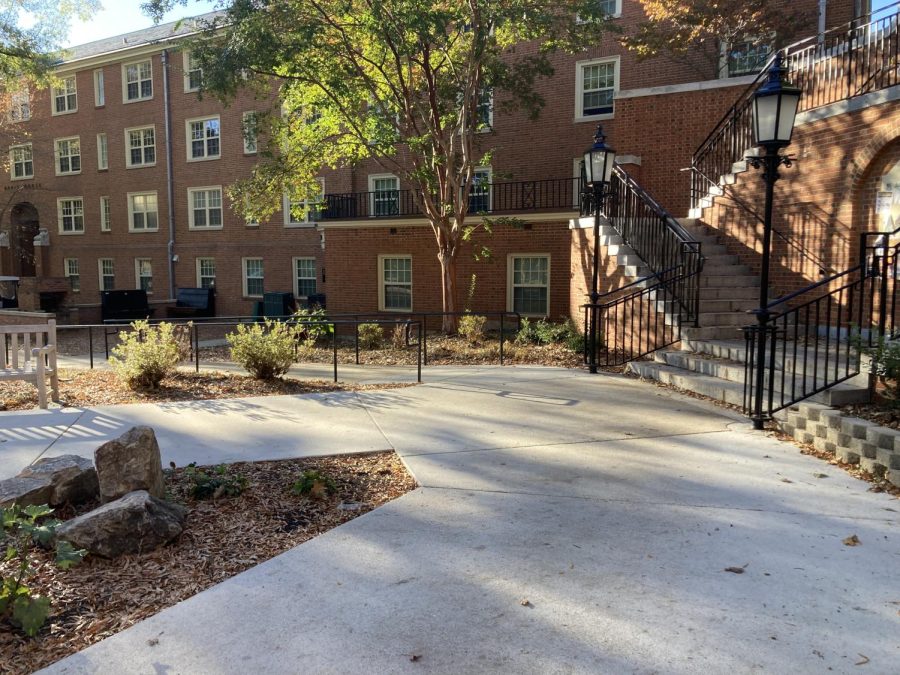
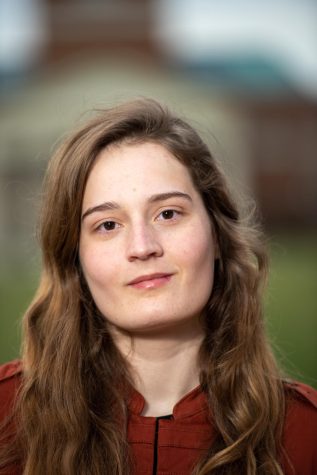











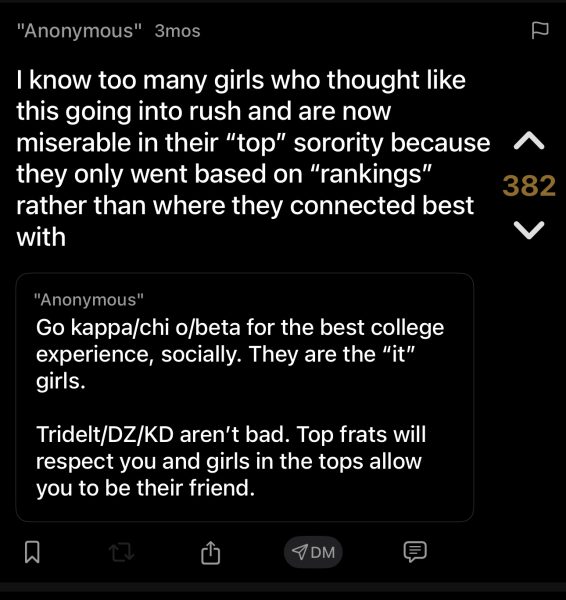
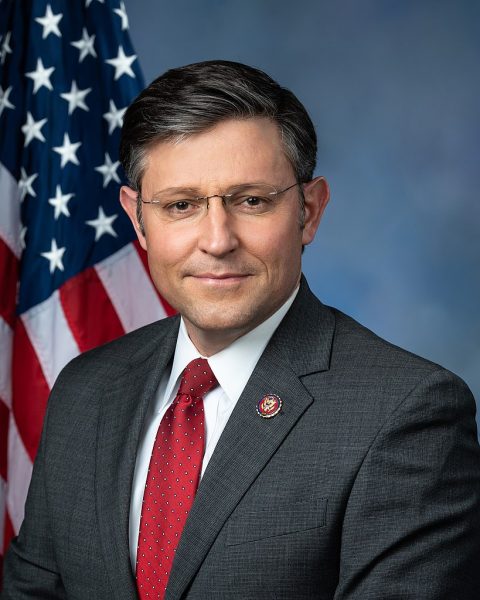

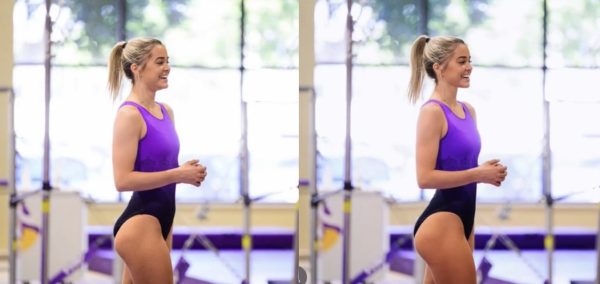
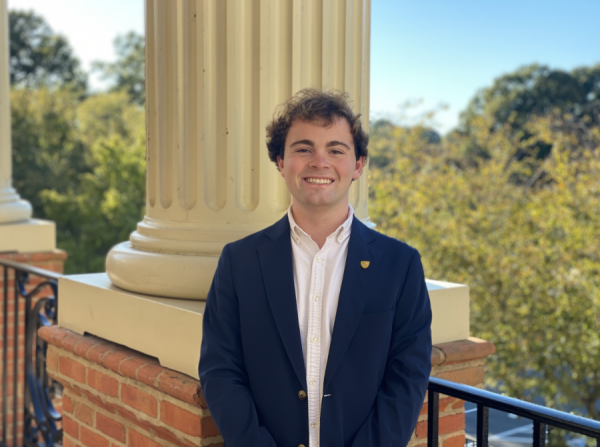
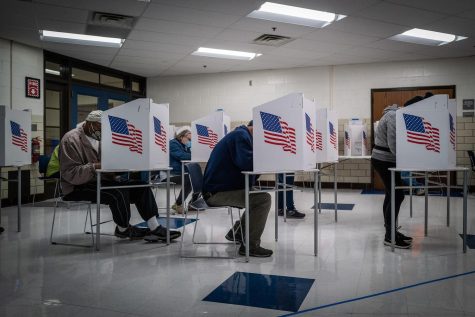
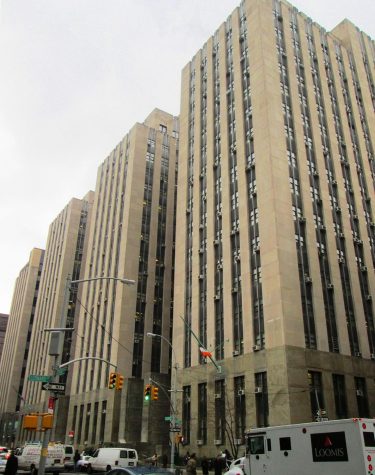
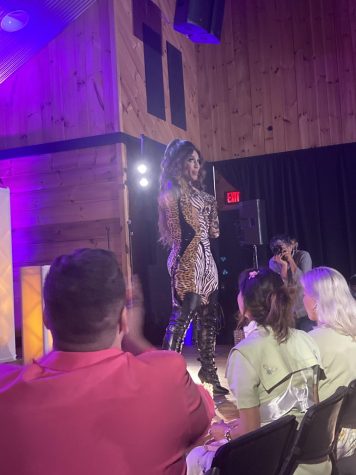

Tanya Zanish-Belcher • Nov 2, 2022 at 10:02 am
Thank you for writing about this!
Addison • Oct 21, 2022 at 2:34 pm
Great article and such an important topic!!